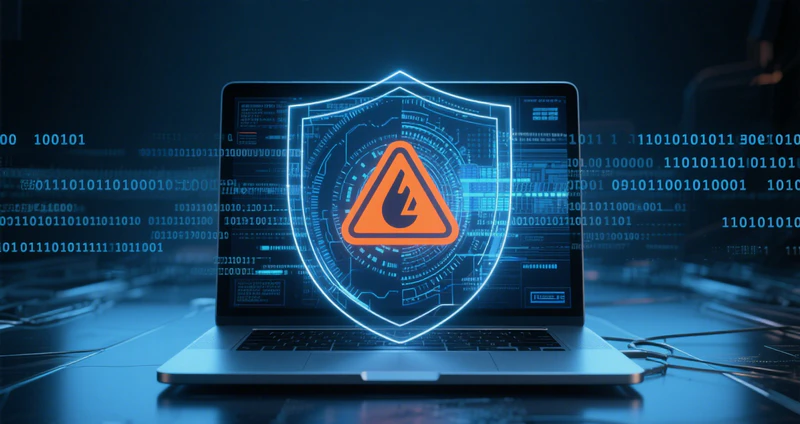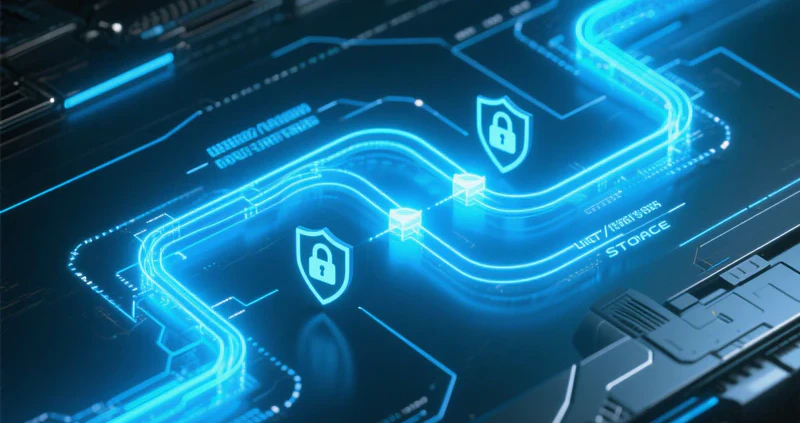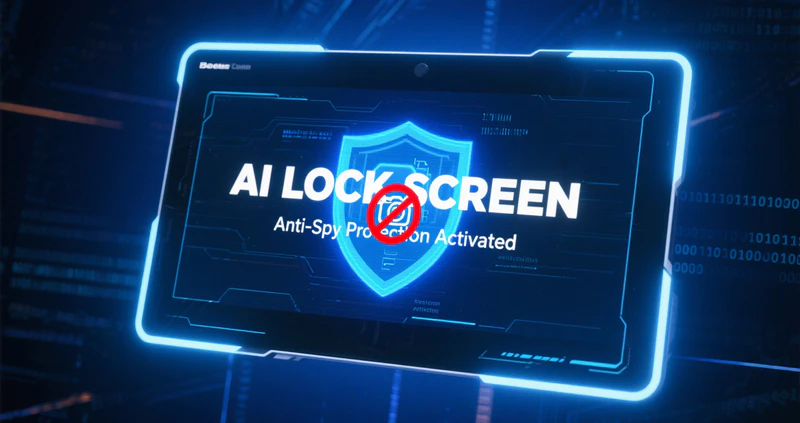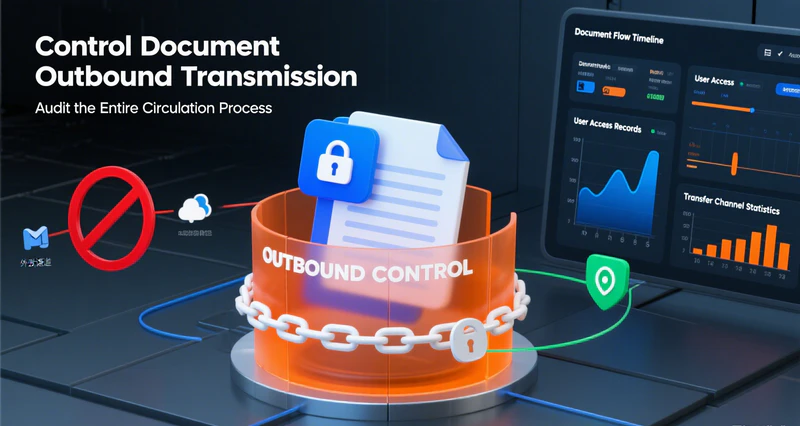- [email protected]
- 15 Scotts Road, #03-12, Singapore
Guard Battery DNA: AnySecura's 4D Shield for EV Power Secrets
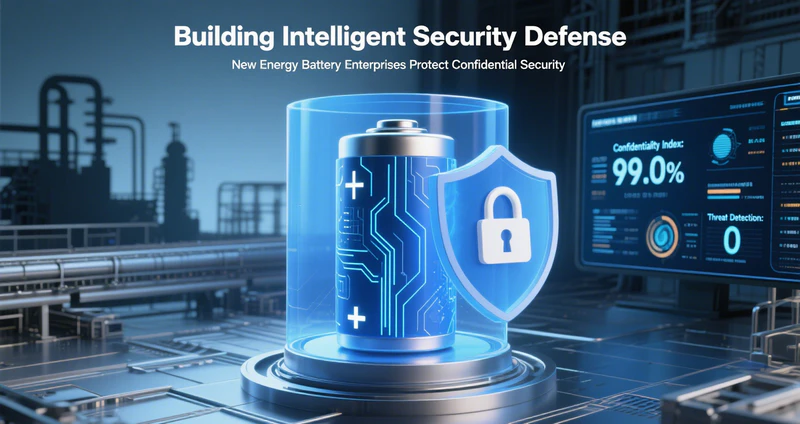
The new energy battery industry is developing rapidly, and companies face increasingly severe information security challenges amid technological innovation and market competition. The research and development of new energy batteries involve complex chemical materials, precise manufacturing processes, and cutting-edge algorithm optimization. Every achievement is the result of substantial resource investment. Once these data secrets are leaked, competitors may quickly imitate, causing companies to lose their technological edge and wasting early R&D investments.
Core Challenges for New Energy Battery Companies in Preventing Data Leakage
Protect Highly Sensitive Core Technologies
Lithium battery R&D involves core technologies such as electrolyte formulas and battery structure design, which are crucial for maintaining competitiveness. Protecting R&D data from leakage and preventing R&D personnel from illegally transmitting data via external devices (e.g., USB drives) or outbound tools (e.g., email) is a top priority.
High Confidentiality of Production Processes
The lithium battery production processes (coating, rolling, assembly, filling, etc.) are highly confidential and directly affect product quality and cost control. Protecting production parameters, equipment configurations, and quality control data against external attackers or insider theft, and isolating production lines from networks to prevent external intrusions, is key to ensuring production security.
Supply Chain Information Leakage Prevention
The lithium battery industry relies on a complex supply chain involving raw materials (such as lithium, cobalt, nickel) and equipment procurement. Protecting sensitive supplier information, purchase prices, and contract terms prevents competitors from gaining advantages and maintains negotiation power. Ensuring secure communication with suppliers to prevent data leakage during transmission is critical to supply chain stability.
Data Dispersion and Management Difficulties
Companies have massive, scattered data increasing centralized management difficulty. Frequent data sharing between R&D, production, and sales departments raises leakage risks.
AnySecura Intelligent Data Leakage Prevention Solution
AnySecura addresses the special needs of the new energy battery industry by creating an end-to-end data leakage prevention system covering before, during, and after events. Combining intelligent AI technology, it builds a closed-loop protection mechanism across four dimensions: permission control, document encryption, behavior auditing, and intelligent recognition.
1. Pre-event Protection: Encrypt Confidential Data
Encryption is a critical defense line protecting confidential documents of new energy battery companies. The AnySecura Transparent Encryption offers high-strength protection for all types of confidential documents (e.g., anode and cathode materials, electrolyte formulas, production processes, experimental data, design drawings, patents), converting them into ciphertext that is difficult to crack, preventing unauthorized access during storage and transmission to ensure data security.
2. In-event Control: Manage Document Circulation Channels
- Internal circulation leakage prevention: For frequent data sharing among R&D, production, sales, AnySecura divides encrypted documents into different security zones and levels, establishing “department-level and classification-level” confidentiality mechanisms to prevent cross-department leakage during collaboration.
- Outbound file protection: For files frequently sent externally, AnySecura's Secure Document Exchange enables secure data transfer. Files from office networks to production networks can be transferred under control; files sent to suppliers can be password protected and permission-restricted, with full process log auditing.
- Prevent arbitrary outbound transmission: AnySecura supports detailed auditing and control of endpoints behaviors such as printing, removable storage, instant messaging, email, and uploads to block confidential data transmission via USB, cloud storage, web, IM, email, etc.
- Application system protection: To mitigate risks of legitimate user downloads or account misuse on application servers, AnySecura's Secure Access Gateway regulates system access and automatically encrypts downloaded documents to ensure leaked data is unusable.
- Production line security protection: AnySecura helps control network access permissions on endpoints by ports, IP addresses, and communication direction to standardize access, preventing unauthorized network access to production networks and data leakage or attacks.
3. Post-event Audit: Content-level Behavior Auditing
AnySecura provides multi-dimensional auditing tools including Security Audit Reports, Data Dashboards, and Proactive Risk Alerts to deeply analyze operations and detect security risks promptly. In case of data security incidents, it enables rapid full-process tracing to identify root causes.
4. Intelligent Protection: Proactive Endpoint Sensitive Content Protection
AnySecura Sensitive Content Inspection technology scans and identifies sensitive information in files on endpoints. Combined with document encryption and DLP control, unencrypted sensitive documents are encrypted, and transmission of sensitive documents triggers blocking, alerts, and backups to prevent leaks due to negligence.
Customer Case:
A global leading power battery manufacturer faced growing security demands and had deployed multiple vendors' security products. However, poor compatibility and complex management made coordinated control impossible, falling short of expected leakage prevention.
After careful evaluation, the company unified their security by replacing other products with AnySecura, building an integrated data leakage prevention system. AnySecura now covers all endpoint management areas, allowing a single product to meet all security management requirements. Since deploying AnySecura’s data leakage prevention solution, endpoint operations remain stable with minimal impact on daily work, significantly reducing maintenance workload, with options for further advanced control and auditing features in the future.

